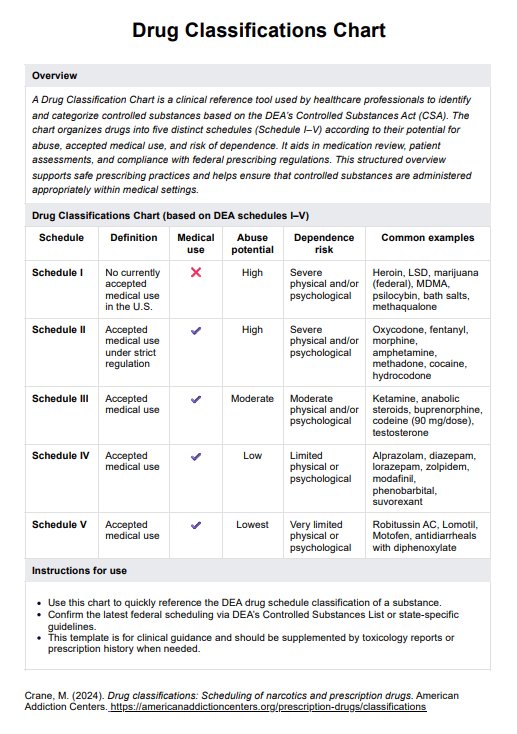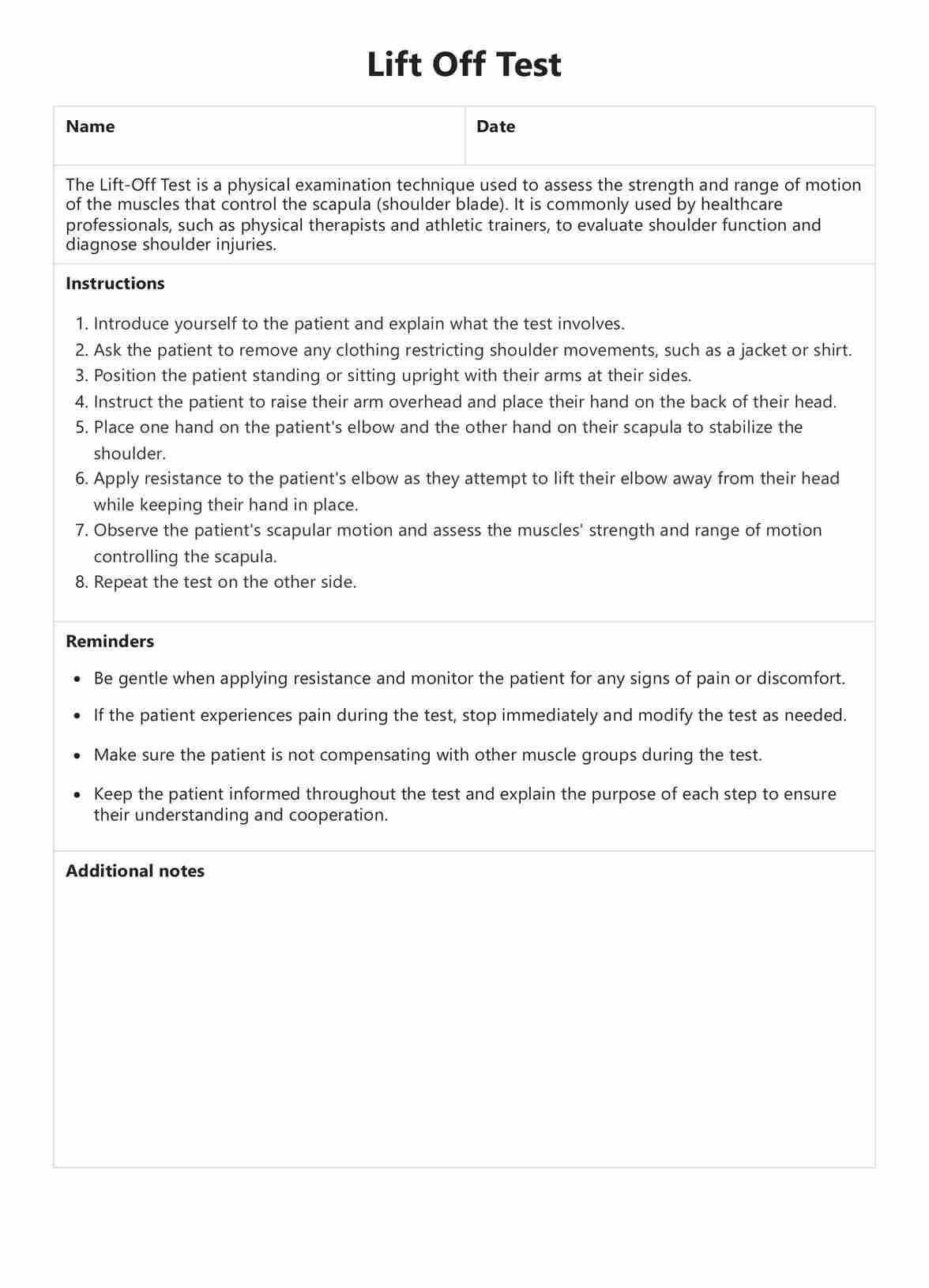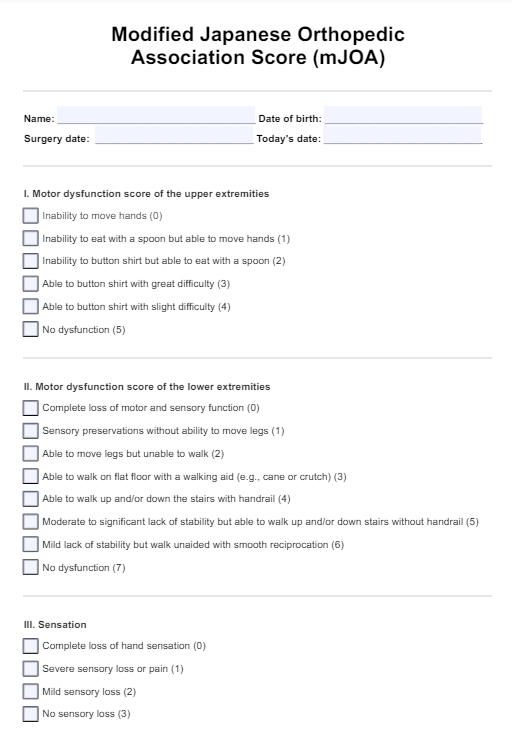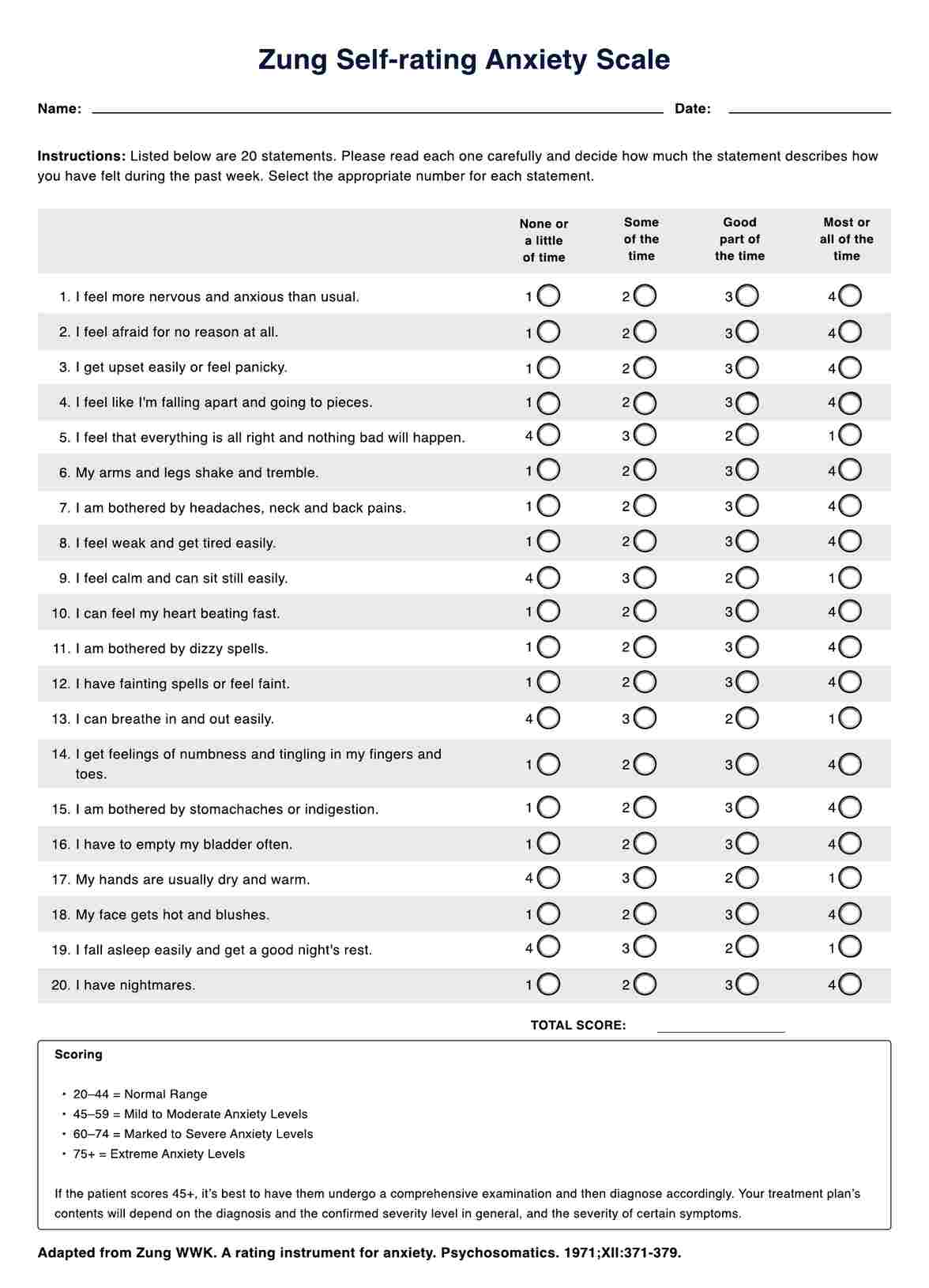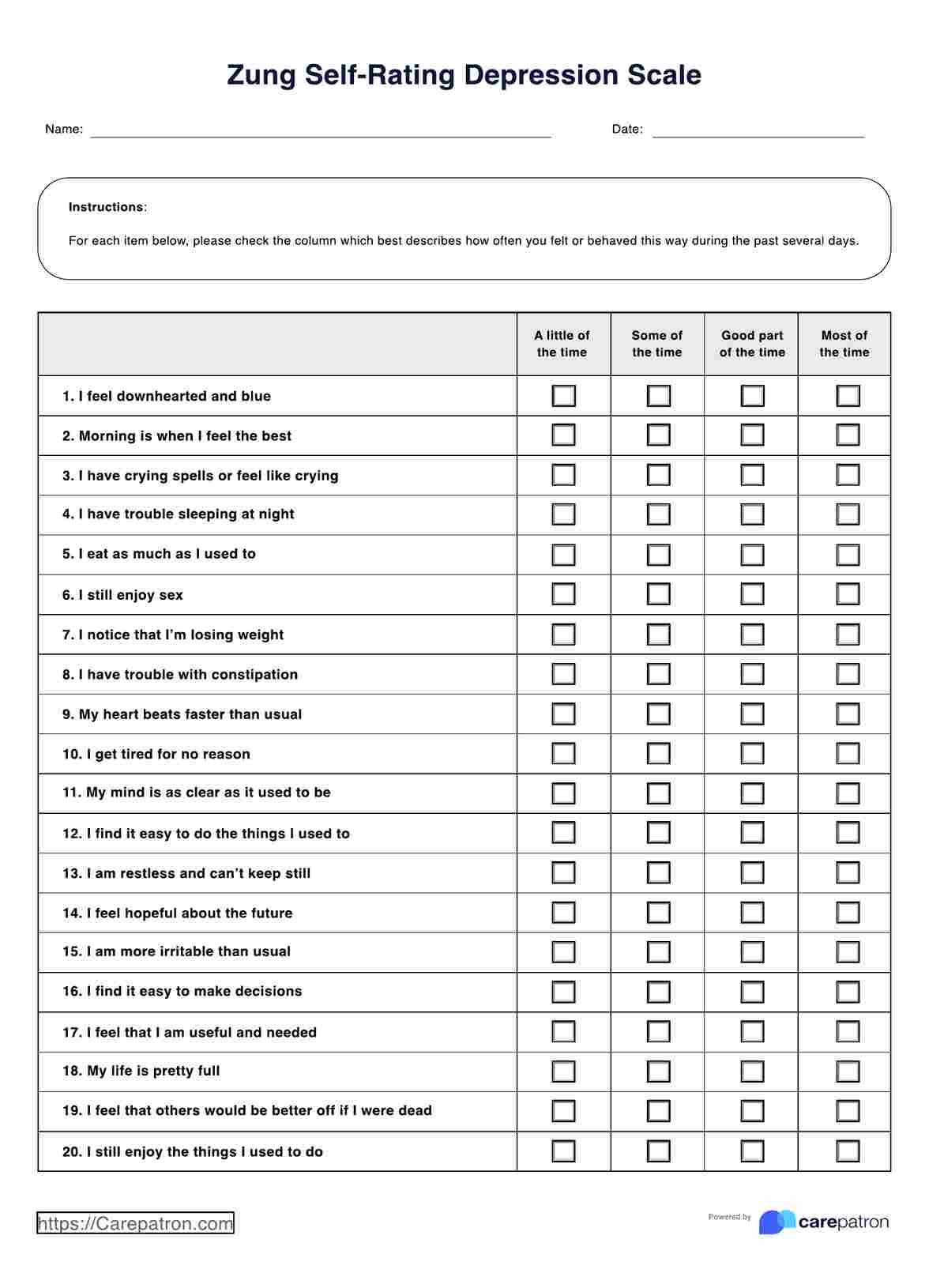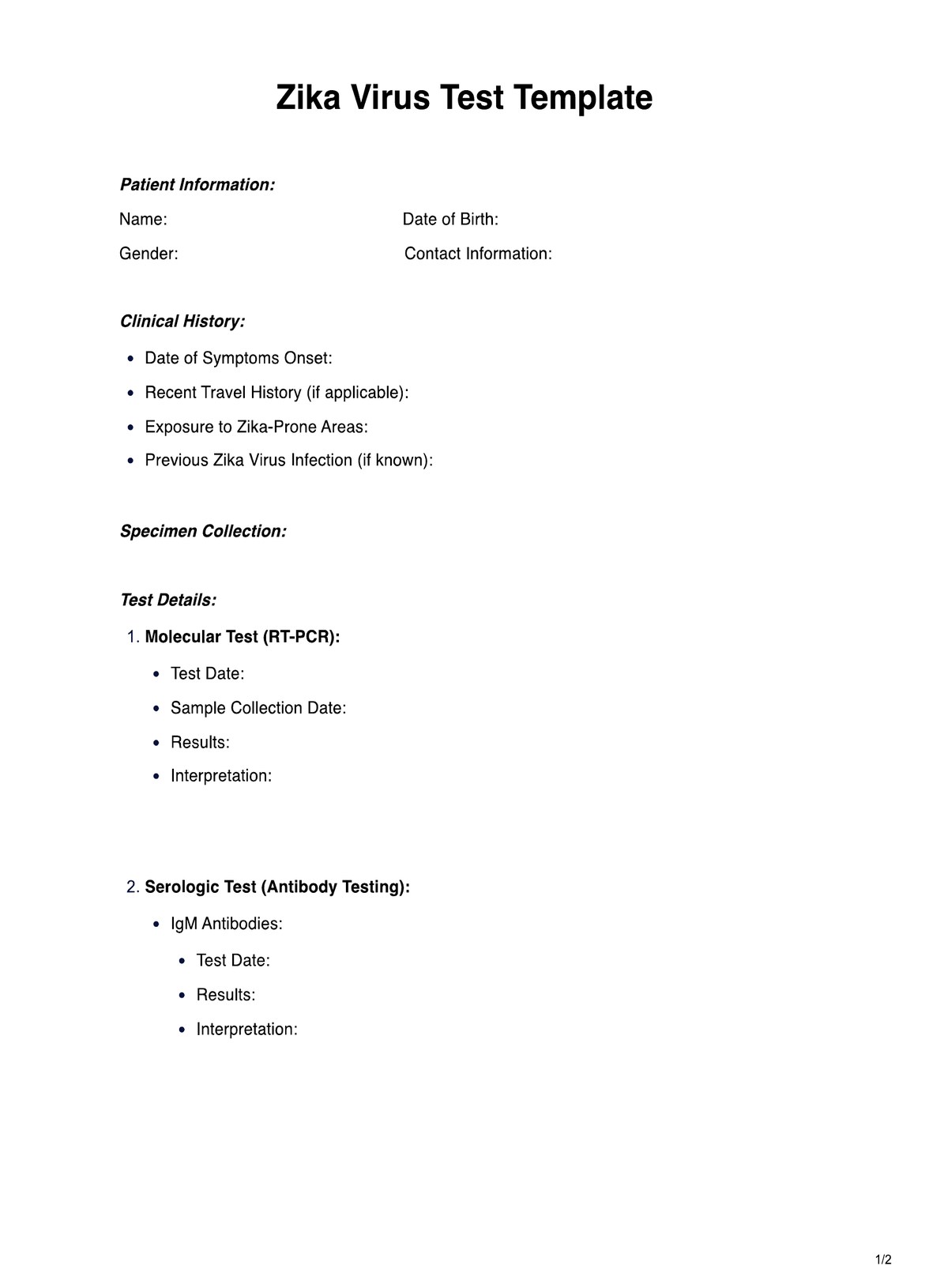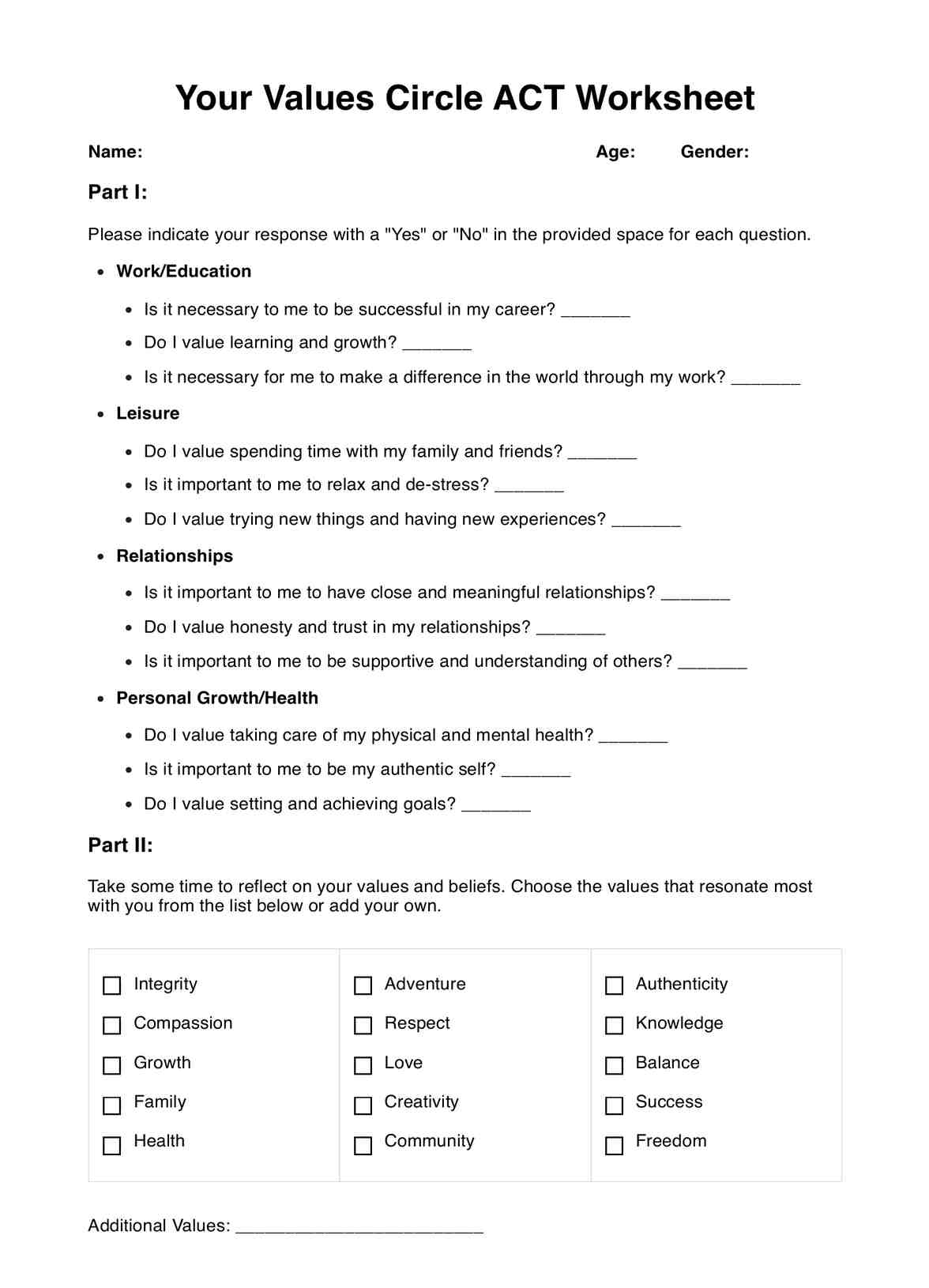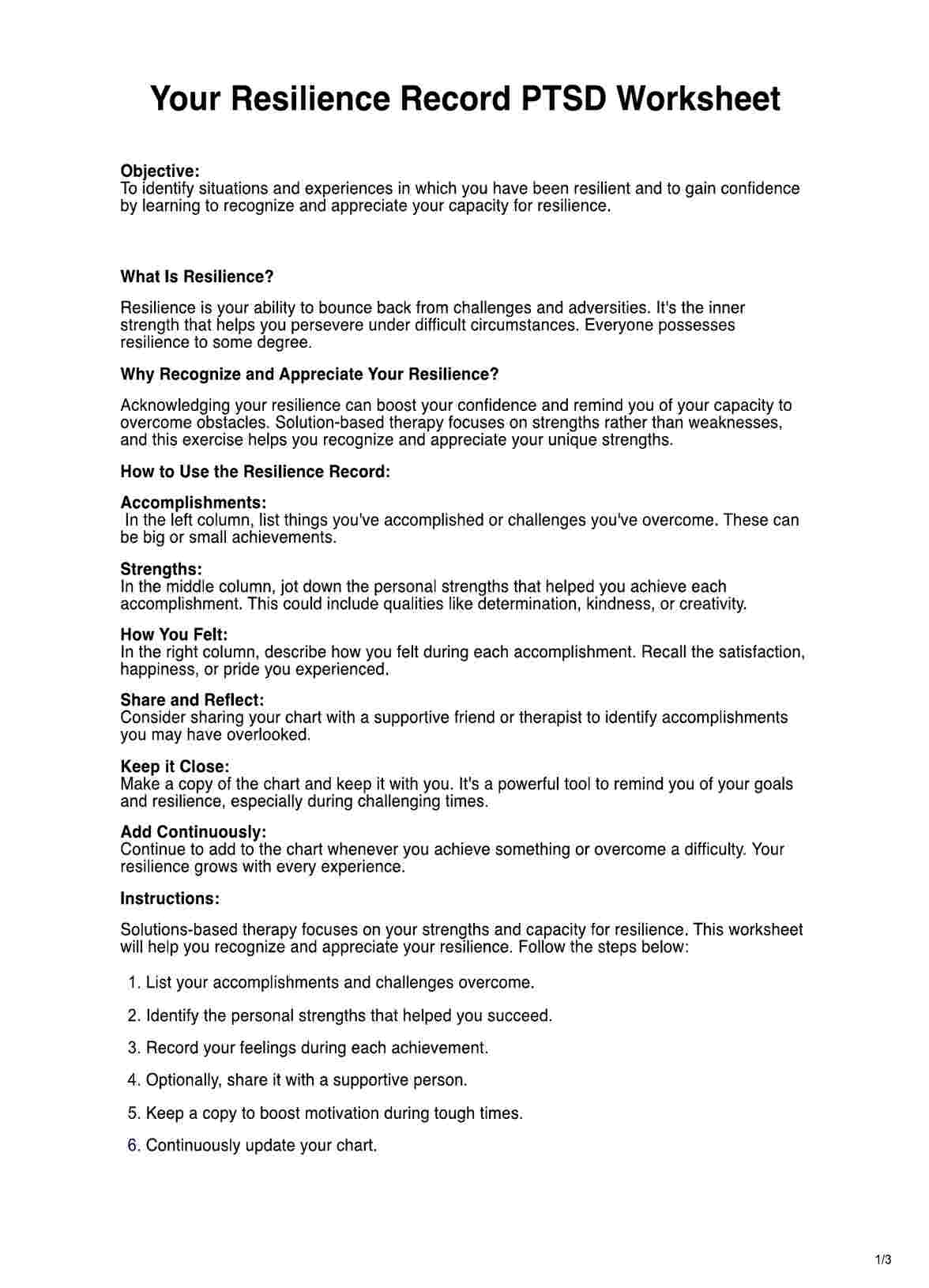Yes, you can use an At Home STD Test to collect samples such as urine, swabs, or blood and send them to a certified lab for analysis. These home test kits offer a private and convenient alternative to in-clinic testing while still providing accurate results.
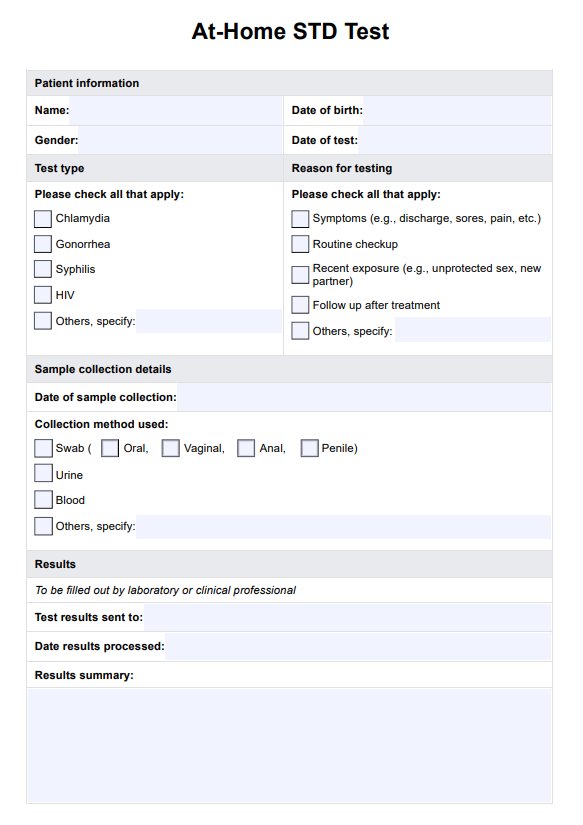
At Home STD Test
Streamline clinical workflows with the At Home STD Test template—document, assess, and manage home STD testing with accuracy and ease.
Use Template
At Home STD Test Template
Commonly asked questions
CVS offers STD test kits through its MinuteClinic services, with prices typically ranging from $99 to $150, depending on the number and type of infections tested. Costs may vary and are sometimes covered by health insurance.
Gonorrhea and chlamydia are among the fastest STDs to show up, often detectable within 1 to 5 days after exposure. However, detection times vary by infection type and individual immune response.
EHR and practice management software
Get started for free
*No credit card required
Free
$0/usd
Unlimited clients
Telehealth
1GB of storage
Client portal text
Automated billing and online payments


